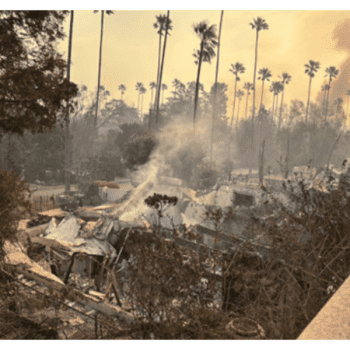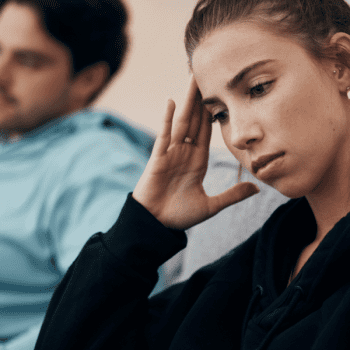Step #1: Learn to spot learned helplessness in the wild
The prerequisite to all other steps is to learn to spot the kinds of statements, complaints, or assumptions that reveal a sense of learned helplessness rather than a healthy sense of control or resilience. As we’ll cover in a moment, although this dynamic can sometimes be more pronounced among those who endured childhood trauma, almost everyone has “learned” helplessness to a greater or lesser degree.
Many of us will incorrectly think this pattern doesn’t affect us. So we first must train ourselves to recognize learned helplessness when we see it. Think of this as a non-emotional, fact-gathering first step. What does learned helplessness sound like in general? This is NOT yet “what does learned helplessness sound like in me?” The hard work of self-examination can come later.
In general, statements born from learned helplessness usually point to a “why bother” reflex – a statement that sounds something like:
“I’ve tried and nothing works so I guess I’ll just resign myself to ______.”
As one helpful learning tool, refer back to of this blog and review the bullet-pointed statements at the top. Those are all different ways this pattern plays out. (For example: “I’ve tried to lose weight so many times and I just gain it all back. There’s no point in trying.”) Train yourself to spot this dynamic whenever you hear it – whether that is in a friend’s comments, or in something you read or see in the media.
Once I tried to spot this “why bother” or “helpless” reflex in the wild, I started seeing it in places I had never noticed before. (I saw it in myself just last week when a customer service rep “made me late” for a meeting while fumbling to resolve what should have been a quick issue. And then I realized: No one forced me to stay on the line for 45 minutes! A healthier response would have been to politely say, 15 minutes into the call, “I don’t want to be late for a meeting, and I’m going to need to call back. What’s the phone number to reach a supervisor?’”)













